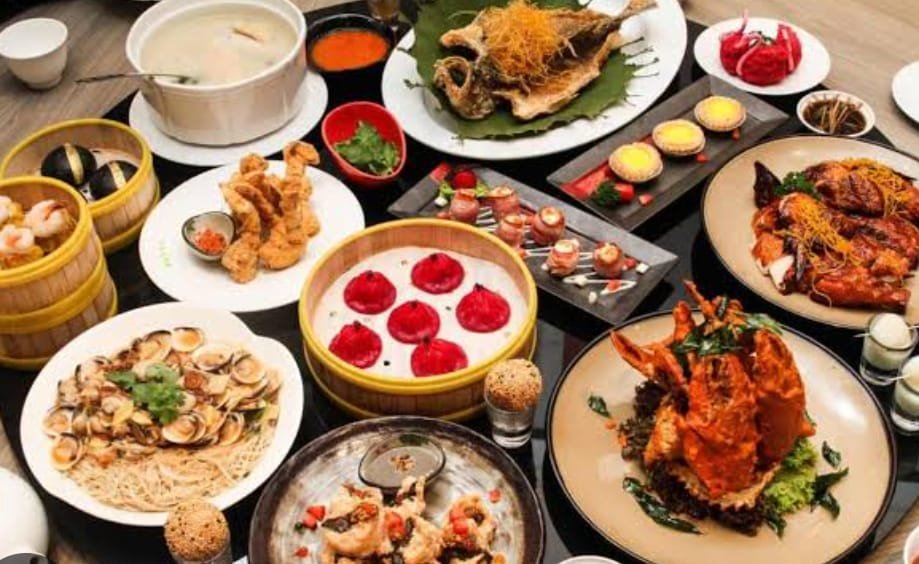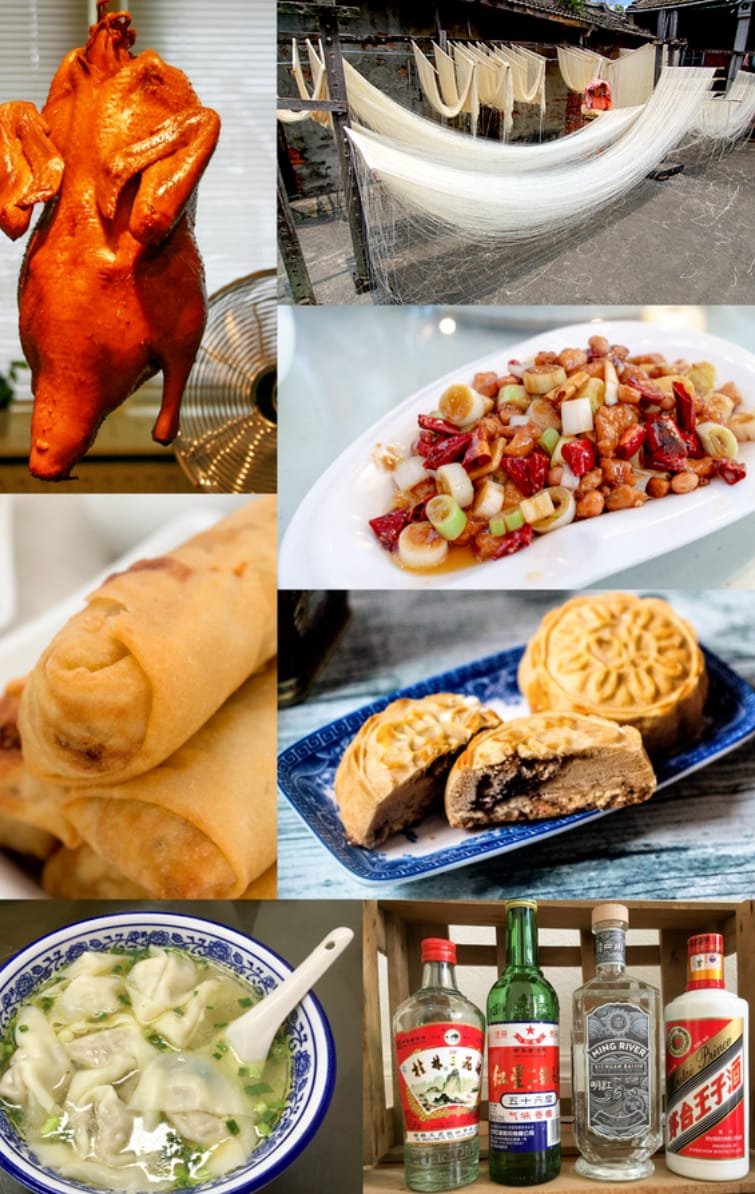
Chinese cuisine comprise cuisines originating from China, as well as from Chinese people originating from other parts of the world. Because of the Chinese diaspora and historical power of the country, Chinese cuisine has profoundly influenced many other cuisines in Asia and beyond, with modifications made to cater to local palates. Chinese food staples such as rice, soy sauce, noodles, tea, chili oil, and tofu, and utensils such as chopsticks and the wok, can now be found worldwidE
TALK ABOUT CHINISE CUISINE
The world’s earliest eating establishments recognizable as restaurants in the modern sense first emerged in Song dynasty China during the 11th and 12th centuries. Street food became an integral aspect of Chinese food culture during the Tang dynasty, and the street food culture of much of Southeast Asia was established by workers imported from China during the late 19th century.
The preferences for seasoning and cooking techniques of Chinese provinces depend on differences in social class, religion, historical background, and ethnic groups. Geographic features including mountains, rivers, forests, and deserts also have a strong effect on the local available ingredients, considering that the climate of China varies from tropical in the south to subarctic in the northeast. Imperial royal and noble preference also plays a role in the change of Chinese cuisine. Because of imperial expansion and trading, ingredients and cooking techniques from other cultures have been integrated into Chinese cuisines over time.
HIGHLY DIVERSE

There are numerous regional, religious, and ethnic styles of Chinese cuisine found within China and abroad. Chinese cuisine is highly diverse and most frequently categorised into provincial divisions, although these province-level classifications consist of many more styles within themselves. The most praised Four Great Traditions in Chinese cuisine are Chuan, Lu, Yue, and Huaiyang, representing cuisines of West, North, South, and East China, respectively.[4] The modern Eight Cuisines of China are Anhui (徽菜; Huīcài), Guangdong (粵菜; Yuècài), Fujian (閩菜; Mǐncài), Hunan (湘菜; Xiāngcài), Jiangsu (蘇菜; Sūcài), Shandong (魯菜; Lǔcài), Sichuan (川菜; Chuāncài), and Zhejiang (浙菜; Zhècài) cuisines.
TRADITIONAL ASPECTS

Color, scent and taste are the three traditional aspects used to describe Chinese food as well as the meaning, appearance, and nutrition of the food. Cooking should be appraised with respect to the ingredients used, knife work, cooking time, and seasoning.
In comparison of meat consumption across cuisines worldwide, Chinese cuisine is particularly unique for its broadly strong and heavy emphasis on pork dishes (as opposed to beef or poultry dishes, with the exception of Chinese Islamic cuisine
ITEMS OF CUISINE

Rice
Rice is a primary staple food for people from rice farming areas in southern China Steamed rice, usually white rice, is the most commonly eaten form. People in South China also like to use rice to make congee as breakfast.] Rice is also used to produce beer, baijiu and vinegar. Glutinous rice (“sticky rice”) is a variety of rice used in special dishes such as lotus leaf rice and glutinous rice balls.
Wheat
In wheat-farming areas in Northern China, people largely rely on flour-based food, such as noodles, bing (bread), jiaozi (a kind of Chinese dumplings), and mantou (a type of steamed buns).Wheat likely “appeared in the lower Yellow River around 2600 Before Common Era (BCE), followed by Gansu and Xinjiang around 1900 BCE and finally occurred in the middle Yellow River and Tibet regions by 1600 BCE”.
Noodles
Main article: Chinese noodles
Chinese noodles come dry or fresh in a variety of sizes, shapes and textures and are often served in soups or fried as toppings. Some varieties, such as Shou Mian (寿面, literally noodles of longevity), is an avatar of long life and good health according to Chinese traditions.[32] Noodles can be served hot or cold with different toppings, with broth, and occasionally dry (as is the case with mi-fen). Noodles are commonly made with rice flour or wheat flour, but other flours such as soybean are also used in minor groups. Some noodles names describe their methods of creation, such as the hand-pulled NOODLES


I am a content writer I have experience been writing news and blog articles for 5 years.
